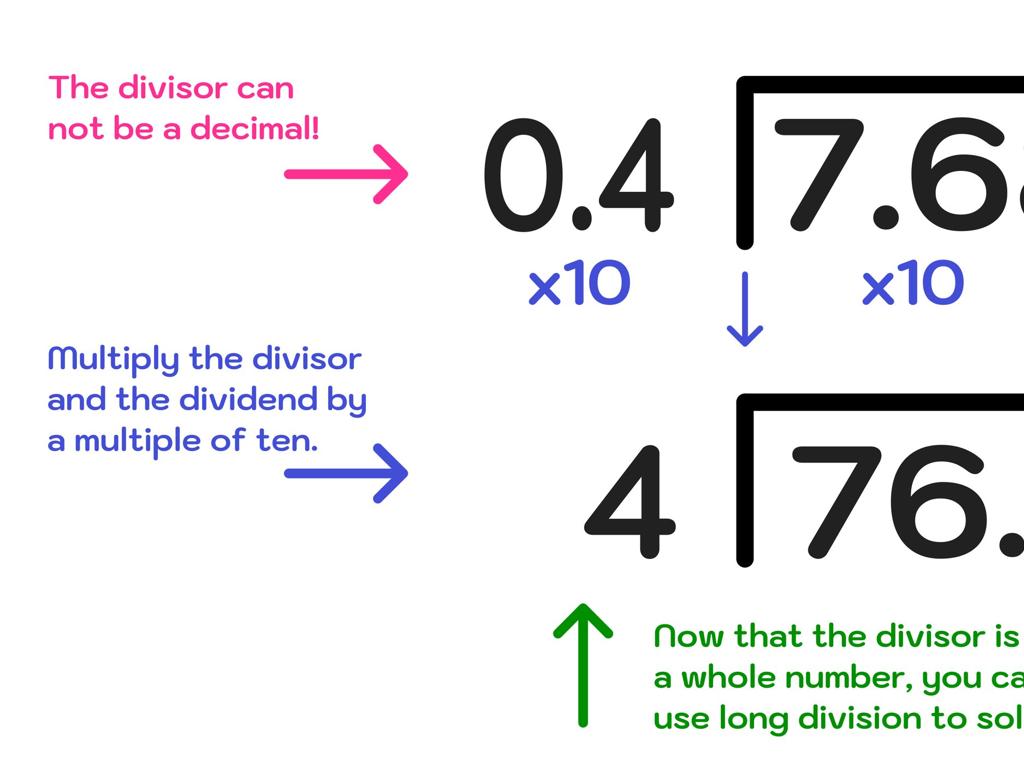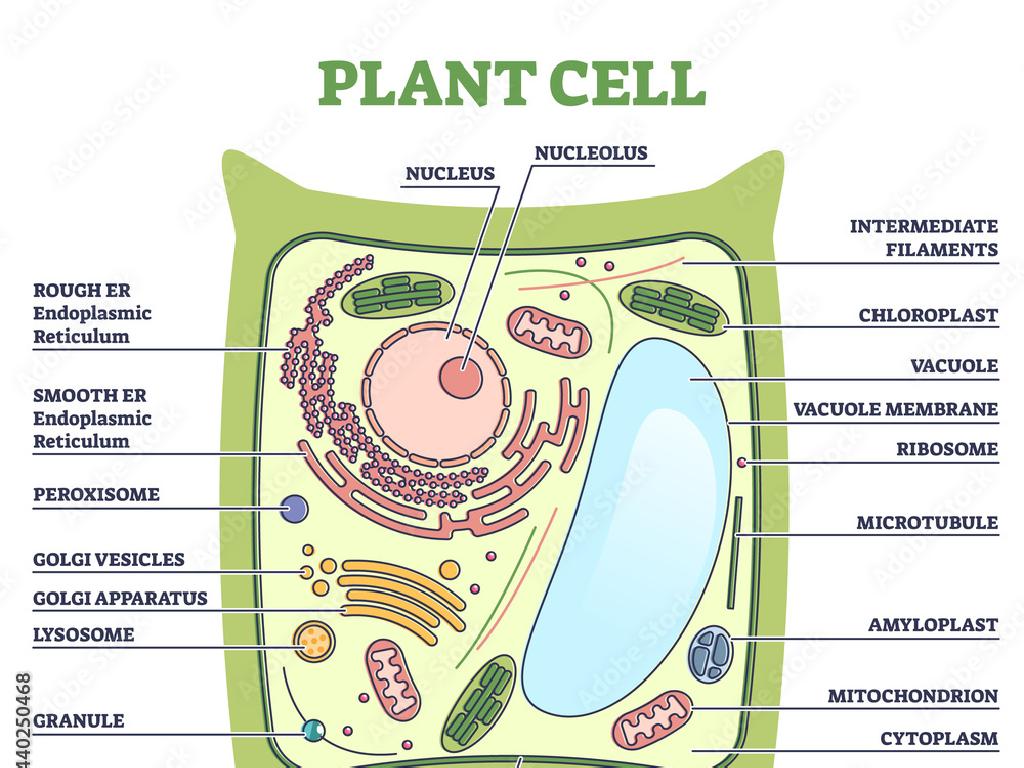Pixar In A Box: The Art Of Storytelling
Subject: Arts and humanities
Grade: High school
Topic: Storytelling
Please LOG IN to download the presentation. Access is available to registered users only.
View More Content
The Essence of Storytelling in Arts
– Defining storytelling
– The art of conveying events through words, images, and sounds
– Storytelling’s role in culture
– A vital tool for preserving traditions and shaping societal values
– Pixar’s storytelling impact
– Pixar elevated storytelling with unique characters and compelling plots
– Engage with storytelling
|
This slide introduces students to the concept of storytelling, an ancient art form that remains central to human experience and communication. It’s crucial in Arts and Humanities for preserving culture and influencing society. Highlight Pixar’s innovative approach to storytelling, which has captivated audiences worldwide through memorable characters and emotional narratives. Encourage students to think about how stories have impacted their own lives and to consider the ways in which storytelling can be both an art and a means of communication. Discuss how Pixar’s techniques can be applied to their own storytelling projects.
Understanding Pixar’s Storytelling Approach
– Pixar’s storytelling uniqueness
– Pixar blends technology, art, and narratives to create unique stories.
– Emotional connections in narratives
– Stories often explore universal themes that resonate emotionally with audiences.
– Developing relatable characters
– Characters are crafted with depth, flaws, and growth, making them feel real.
– Engaging audience through story
– The story is told in a way that viewers are invested in the characters’ journeys.
|
This slide delves into the elements that make Pixar’s storytelling stand out. Discuss how Pixar uses a combination of cutting-edge technology, artistic creativity, and deep narrative structures to craft stories that captivate audiences of all ages. Highlight the importance of emotional connection, often achieved through relatable themes such as friendship, family, and personal growth. Character development is key in Pixar films, with characters designed to be multifaceted and undergo significant personal journeys, allowing viewers to see parts of themselves reflected on screen. Finally, explain how these elements work together to engage the audience, making them invested in the story from beginning to end. Use examples from popular Pixar films to illustrate these points.
Elements of a Story in Pixar Films
– Key story elements overview
– Setting, Characters, Plot, Conflict, Theme are the building blocks of a story.
– Pixar’s effective element use
– Pixar crafts unique worlds, memorable characters, engaging plots, central conflicts, and meaningful themes.
– Examples from Pixar movies
– ‘Finding Nemo’: Ocean setting, Marlin’s journey, overcoming fears. ‘Up’: Floating house, Carl’s adventure, dealing with loss.
– Analyzing ‘Toy Story’ elements
– Explore how ‘Toy Story’ combines these elements to create an impactful narrative.
|
This slide introduces students to the fundamental elements that make up a story, using Pixar films as a case study. Discuss how setting establishes the world, characters drive the story, plot is the sequence of events, conflict is the challenge to overcome, and theme is the underlying message. Highlight how Pixar’s mastery of these elements contributes to their success. Use specific examples from films like ‘Finding Nemo’ and ‘Up’ to illustrate each element. Dive deeper into ‘Toy Story’ to analyze how these elements come together to create a compelling and emotionally resonant story. Encourage students to think critically about how these elements are used in their favorite Pixar movies and the impact they have on the audience.
The Art of Storyboarding
– Define a Storyboard
– A visual script of the film with sketches of scenes and key moments.
– Storyboarding at Pixar
– Essential for visualizing the story, planning shots, and refining narrative flow.
– Basics of creating storyboards
– Start with a script, sketch key scenes, add details, consider camera angles.
– Class activity: Make a storyboard
|
This slide introduces students to the concept of storyboarding, an essential tool in animation and filmmaking. A storyboard is essentially a visual script that outlines the narrative of the film through sketches of scenes and key moments. At Pixar, storyboarding is a critical part of the creative process, allowing filmmakers to visualize and plan the story before production begins. When creating their own storyboard, students should start with a written script, sketch out the key scenes, add details to convey the story, and consider the camera angles and movements. The class activity will involve students creating their own storyboard for a short scene or story idea, encouraging them to apply the basics they’ve learned. Provide guidance on how to structure their storyboards and encourage creativity and storytelling skills.
Creating Memorable Characters in Storytelling
– Traits of memorable characters
– Unique personality, relatable flaws, and growth make characters stand out.
– Significance of character arcs
– Character arcs show progression and change, crucial for engagement.
– Analyzing a Pixar character
– Example: Woody’s journey from jealousy to friendship in ‘Toy Story’.
– Character development impact
– Well-developed characters drive the story and resonate with the audience.
|
This slide aims to delve into the elements that make characters in stories, particularly in Pixar films, memorable and beloved. Discuss the characteristics that make a character stand out, such as distinct personality traits, relatable flaws, and the ability to grow and change. Highlight the importance of character arcs in creating a compelling narrative, as they depict the transformation of a character over time, which is essential for audience engagement. Use a specific Pixar character, like Woody from ‘Toy Story’, to illustrate the journey and development that a well-crafted character undergoes. Emphasize how these elements contribute to the overall impact of the story and leave a lasting impression on the audience. Encourage students to think of their favorite Pixar characters and analyze what makes them memorable.
The Hero’s Journey in Pixar Films
– Understanding Hero’s Journey structure
– A narrative framework of a hero’s adventure
– Pixar’s use of Hero’s Journey
– Many Pixar films use this structure for storytelling
– Identifying Hero’s Journey in a film
– Example: ‘Finding Nemo’ follows Marlin’s heroic quest
– Analyzing a Pixar Hero’s Journey
– Discuss how ‘Finding Nemo’ fits into the Hero’s Journey stages
|
This slide introduces the concept of the Hero’s Journey, a common narrative structure in storytelling that is also prevalent in Pixar films. The Hero’s Journey consists of stages such as the call to adventure, crossing the threshold, and the return home, which can be seen in many of Pixar’s narratives. For example, in ‘Finding Nemo’, Marlin’s journey to find his son mirrors the Hero’s Journey structure. Students should be encouraged to analyze a Pixar movie of their choice to identify the stages of the Hero’s Journey, discussing how the protagonist’s experiences align with the archetypal journey. This analysis will help students understand the universal patterns in storytelling and the ways in which Pixar adapts this structure to create engaging and relatable stories.
Emotional Storytelling in Pixar Films
– Evoking emotions in storytelling
– Pixar crafts stories that resonate with audiences of all ages, often leaving a lasting impact.
– Music, color, and lighting effects
– These elements are carefully chosen to enhance the mood and connect viewers to the characters’ journey.
– Analyzing emotional Pixar scenes
– Scenes like the opening of ‘Up’ or the family moments in ‘Coco’ demonstrate how Pixar uses emotion effectively.
– Techniques behind the emotion
– Learn how Pixar’s storytelling techniques can be applied to your own creative projects.
|
This slide delves into the methods Pixar uses to create emotional connections with their audience. Discuss how storytelling is more than just relaying events; it’s about making the audience feel something. Highlight the importance of music, color, and lighting in setting the tone and evoking specific emotions. Use specific scenes from Pixar movies to illustrate these points, encouraging students to think critically about how these elements are used. Finally, discuss how students can use similar techniques in their own storytelling to engage their audience emotionally. Encourage them to think of their favorite Pixar moments and what made those scenes impactful.
Class Activity: Crafting a Pixar Story
– Form groups for story creation
– Choose setting, characters, conflict
– Develop a short story outline
– Use Pixar’s storytelling techniques for structure
– Present story outlines to class
– Share and discuss each group’s ideas
|
In this interactive class activity, students will apply their understanding of storytelling by creating their own narratives in the style of Pixar. They will work in groups to foster collaboration and creativity. Each group should select a unique setting, develop interesting characters, and introduce a conflict that drives their story. Encourage them to use Pixar’s storytelling techniques, such as strong character arcs and captivating plots. After developing their outlines, each group will present their story to the class, allowing for constructive feedback and discussion. This activity will help students grasp the essentials of storytelling while engaging with the material in a fun, hands-on way. Possible variations for different groups could include creating stories in different genres, focusing on character development, or emphasizing world-building.






